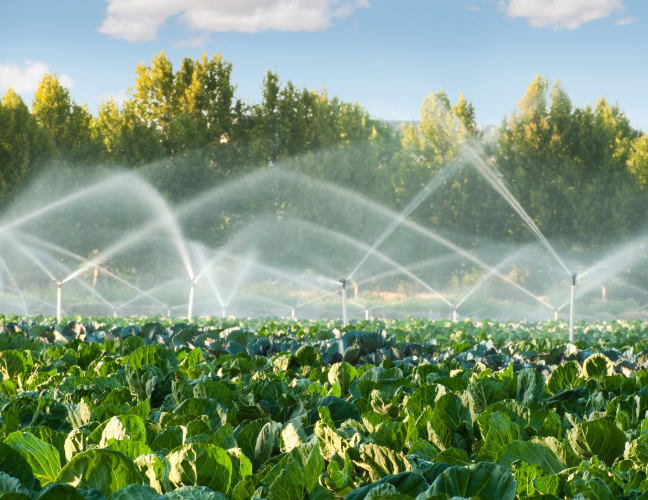Harness Digital Innovations To Improve Food Traceability, Tackle Post-harvest Losses

BY Cherotich Rutto
When it comes to the food that graces our plates, we often overlook two critical facets: the origins of our food and the reasons behind its price, whether it falls on the expensive or budget-friendly end of the spectrum.
Have you ever wondered if, by any chance, you fall ill after consuming a meal or discover that the food stored at home contains harmful chemicals, could you trace it back to the very farm it originated from? It’s a question that seldom crosses our minds.
There have been instances in the country where students have fallen ill due to suspected food contamination. However, we rarely probe into the origins of such food or extend assistance to the producers in safeguarding the quality of their products.
One can argue that at present, the majority of the produce available in our markets lacks traceability. The intricacies of the food supply chain, involving brokers and various stakeholders, have become so convoluted that retracing the source of our market-bought food seems like a formidable task.
The absence of traceability makes it exceptionally challenging to control foodborne illness outbreaks when they inevitably arise, thereby contributing to the high prevalence of foodborne diseases in Kenya.
Traceability serves as the linchpin that enables us to track food products from the moment they are purchased at the store, to the intermediary trader who delivered them, to the processing or packing facility, and ultimately back to the very farm where they were cultivated.
This way, the source of the problem can be pinpointed and rectified. Traceability is considered a cornerstone of modern food safety systems.
The government has been making efforts to establish mechanisms that ensure the traceability of food consumed. The National Horticulture Traceability System, developed by the Agriculture and Food Authority (AFA), is primarily focused on formal-sector businesses involved in the sale, processing, or production of food.
This system mandates that retailers, hotels, and caterers maintain comprehensive records of the companies from which they source horticultural products.
Yet, technological innovations like Tawi, a business-to-business (B2B) agritech marketplace connecting smallholder farmers with markets, have the potential to substantially enhance the traceability of the food we consume.
These platforms enable small-scale farmers to register and sell their produce online, thereby simplifying the traceability process in case defects arise or demand for their products surges.
Additionally, these innovations empower consumers to purchase fresh produce directly from farmers, effectively bypassing brokers who often exploit them.
This readily accessible market serves to minimize post-harvest losses, shielding farmers from financial setbacks and preventing the prices of essential agricultural products from skyrocketing. Statistics from the Ministry of Agriculture reveal that a staggering 40 percent of fresh produce is lost between the farm and the consumer’s plate.
One of the primary contributors to these post-harvest losses is the absence of a stable market. Other factors include the improper utilization of agricultural inputs and the lack of adequate post-harvest storage, processing, and transportation facilities.
For more perishable crops such as root crops, fruits, and vegetables, these losses can soar as high as 50 percent.
Addressing and mitigating post-harvest losses are critical steps toward ensuring Kenya’s food security. By resolving these issues, we can better safeguard our nation’s agricultural resources and make significant strides toward a more food-secure future.
The writer is the Founder and CEO of Tawi Fresh Kenya Limited.








